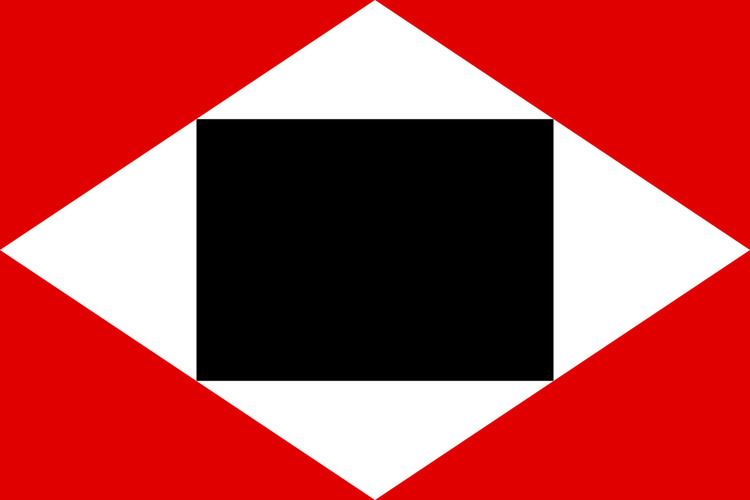Government Republic Preceded by Succeeded by Date dissolved 1814 | Founded 1813 | |
 | ||
Historical era Spanish American wars of independence | ||
The Second Republic of Venezuela (Segunda República de Venezuela in Spanish) is the name used to refer to the reestablished Venezuelan Republic declared by Simón Bolívar on August 7, 1813. This declaration followed the defeat of Domingo Monteverde by Bolívar during the Admirable Campaign in the west and Santiago Mariño in his campaign in the east. The republic came to an end in the following year, after a series of defeats at the hands of José Tomás Boves.
Contents
Antecedents: Cartagena Manifesto
After the fall of the first Venezuelan Republic, colonel Simon Bolivar goes into exile and heads for Curazao. Soon after, he sets sail to the United Provinces of New Granada, which had just recently declared its independence from the Spanish Empire.
In Cartagena, Bolivar pens a letter, the Cartagena Manifesto, in which he describes the reasons that lead to the fall of the First Republic, the current situation of Hispanic America, and his perspective for the future of the region.
Bolivar asks the New Granadian congress for his incorporation into the army, and is quickly ascended to the rank of Brigadier and assigned to a garrison. He then organizes a flash campaign between Tunja and Pamplona, managing the expulsion of the royalist troops from this region. With the royalists in retreat, Bolivar once again addresses the New Granadian congress for authorization to intervene in Venezuela with a voluntary army. In view of the actions Bolivar had executed in favor of the New Granadians, the congress grants his request and Bolivar marches into Venezuela.
Use of the term in Venezuelan history
It is during this period that the term "Republic of Venezuela" is officially used by Simón Bolívar's government. During the first republic, upon which Bolívar rested the legitimacy of his actions, the government referred to the Venezuelan state as either the "American Confederation of Venezuela" or the "United Provinces of Venezuela" in the Declaration of Independence (both terms are used interchangeably), or as the "United States of Venezuela" (a term used interchangeably with "the Confederation") in the Constitution of 1811.
Third Republic of Venezuela
Historians use the name Third Republic of Venezuela to refer to the period from about 1817 to 1819, when a rump government, organized by Bolívar began functioning in the Venezuelan Llanos. The year before, various Venezuelan guerilla forces managed to permanently establish themselves in the Llanos and captured the city of Angostura, which became their headquarters. This period culminated with the formation of the Congress of Angostura in 1819, which wrote a new constitution for Venezuela, replacing the one from 1811, which in theory, was still valid, although suspended since the collapse of the first republic in 1812. The congress decreed the union of Venezuela with New Granada in a new republic, known as Gran Colombia, bringing an end to the Third Republic.
From 1820 to 1830, the territory of Venezuela was the Department of Venezuela within Gran Colombia. After the dissolution of Gran Colombia, Venezuela became once again the Republic of Venezuela, and although undergoing various changes in constitutions and forms of government, it permanently maintained its independence from this moment on. This period is seen as a stable Fourth Republic of Venezuela.
